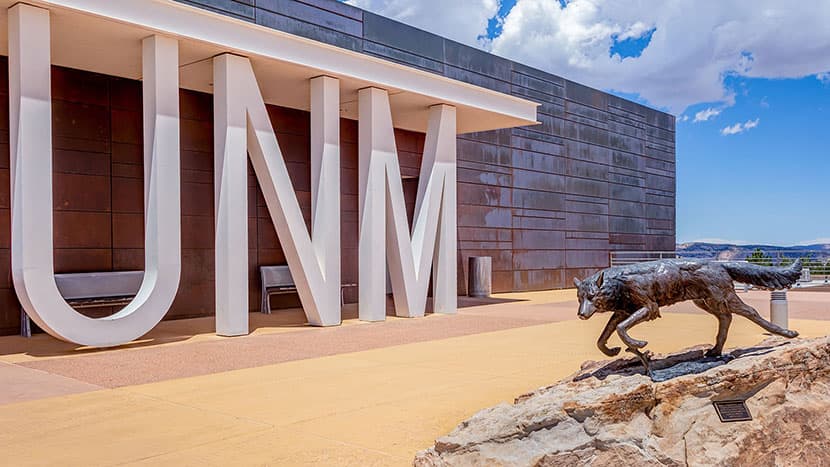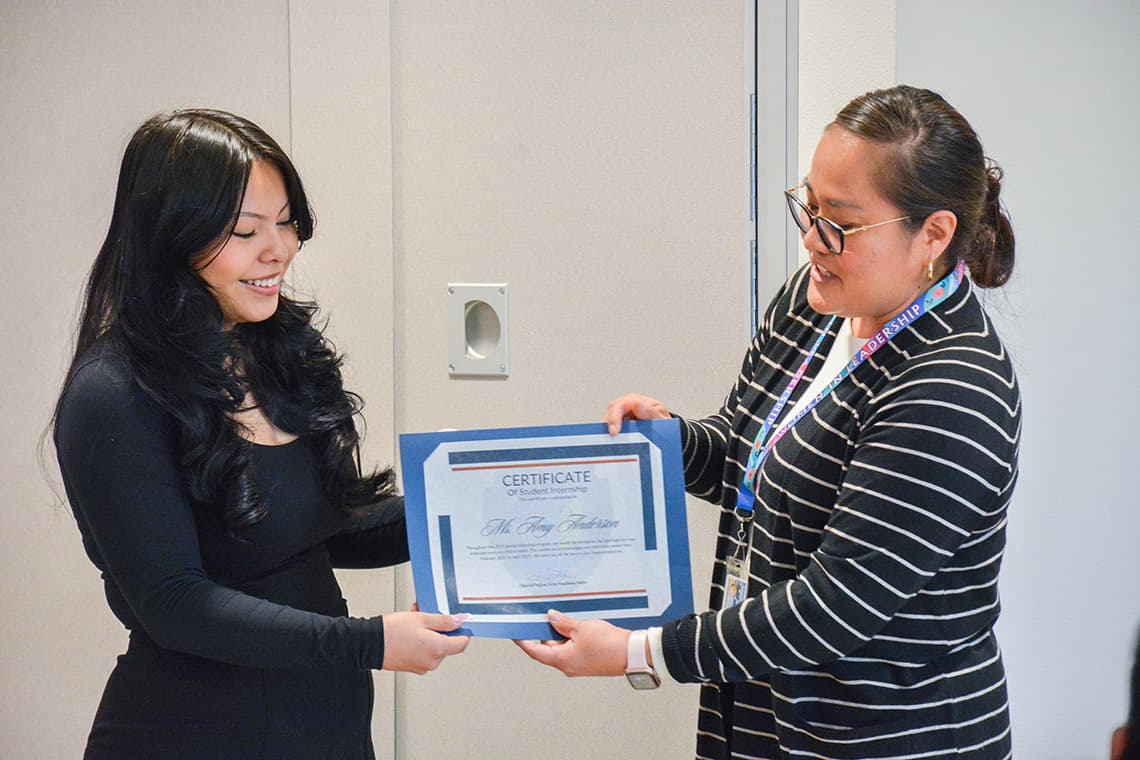Fee Waivers Boost College Access for McKinley County Students
Most public colleges and universities in New Mexico waived application fees throughout November as part of a statewide No Fee November initiative supported by the New Mexico Higher Education Department, the Public Education Department, and the New Mexico Educational Assistance Foundation. The temporary waivers, which included local institutions such as Diné College and the University of New Mexico Gallup, aimed to reduce financial barriers during National College Application Month and encourage timely submissions for admissions and financial aid review.

Most public higher education institutions across New Mexico waived application fees for the month of November under a coordinated No Fee November initiative, a move designed to lower the upfront cost of applying to college. The effort was supported by the New Mexico Higher Education Department, the Public Education Department, and the New Mexico Educational Assistance Foundation, and participating institutions included Diné College and the University of New Mexico Gallup among many others.
State officials framed the program as a targeted intervention for National College Application Month, when many high school seniors and prospective adult learners make application decisions. By removing the application fee barrier, the agencies sought to expand access for students who might otherwise limit applications because of cost. The campaign also encouraged applicants to submit materials early to allow admissions offices and financial aid staff adequate time to process applications and award aid.
For McKinley County residents the policy had immediate local relevance. Diné College and UNM Gallup serve students from Gallup and surrounding communities, and fee waivers reduced an obstacle for applicants who may be balancing tight household budgets and competing priorities. Local counselors and college access programs often cite application fees as a tangible deterrent, especially for students applying to multiple institutions in order to maximize enrollment opportunities.
The short term impact evaluated by local administrators will be application volume and subsequent conversion to enrollment. Waiving fees can increase the number of completed applications, but translating greater interest into higher enrollment requires coordinated follow through. Admissions offices will need to manage increased workloads and ensure that students receive timely guidance on required documentation, placement testing, and financial aid packaging. Financial aid offices will likewise face a concentrated window for reviewing forms such as the Free Application for Federal Student Aid and state aid applications.
Policy implications extend beyond the one month initiative. No Fee November addresses a visible cost barrier, but it does not eliminate other obstacles such as transportation, childcare, or the need for advising that supports application completion and persistence. Local education and civic leaders will likely monitor whether the fee waiver produced measurable gains for first generation and low income applicants in McKinley County, and whether additional investments in outreach and advising are needed to convert applications into sustained enrollment and degree completion.
Students in McKinley County who applied during November were advised to follow up with college admissions and financial aid offices to confirm receipt of materials and to meet any additional deadlines. As the state evaluates the initiative, the broader challenge remains ensuring that removed barriers translate into long term improvements in college access and success for the region.


